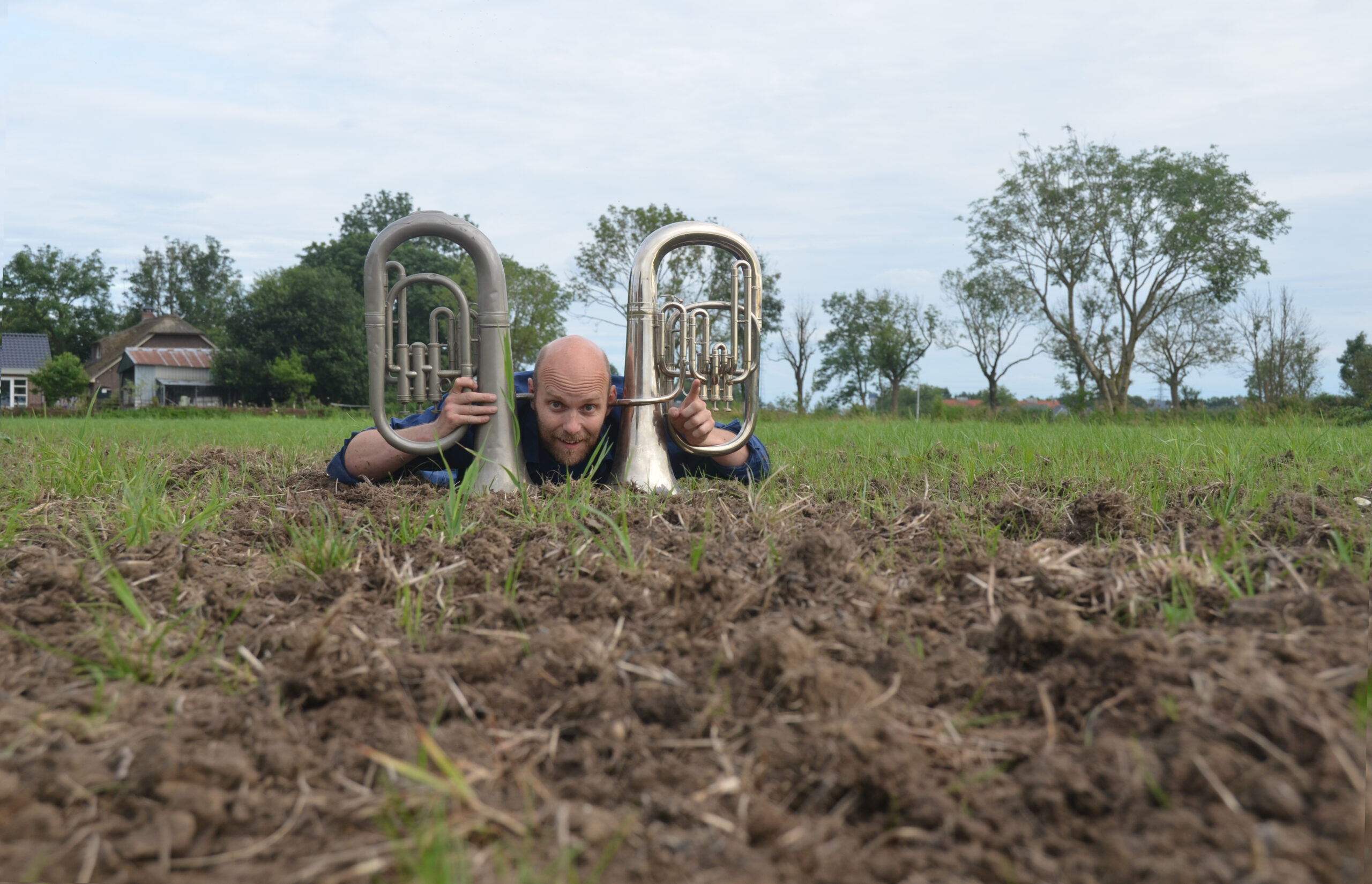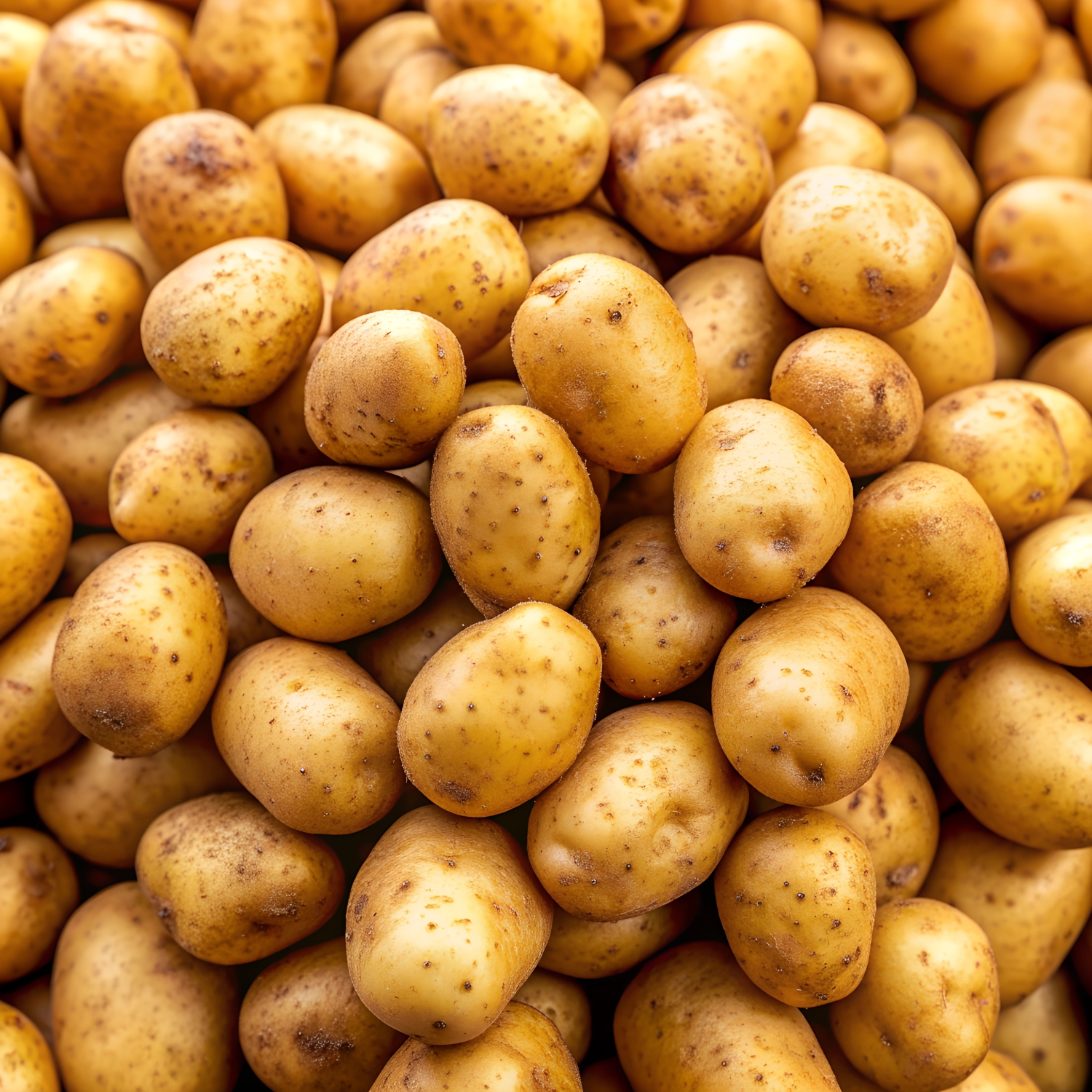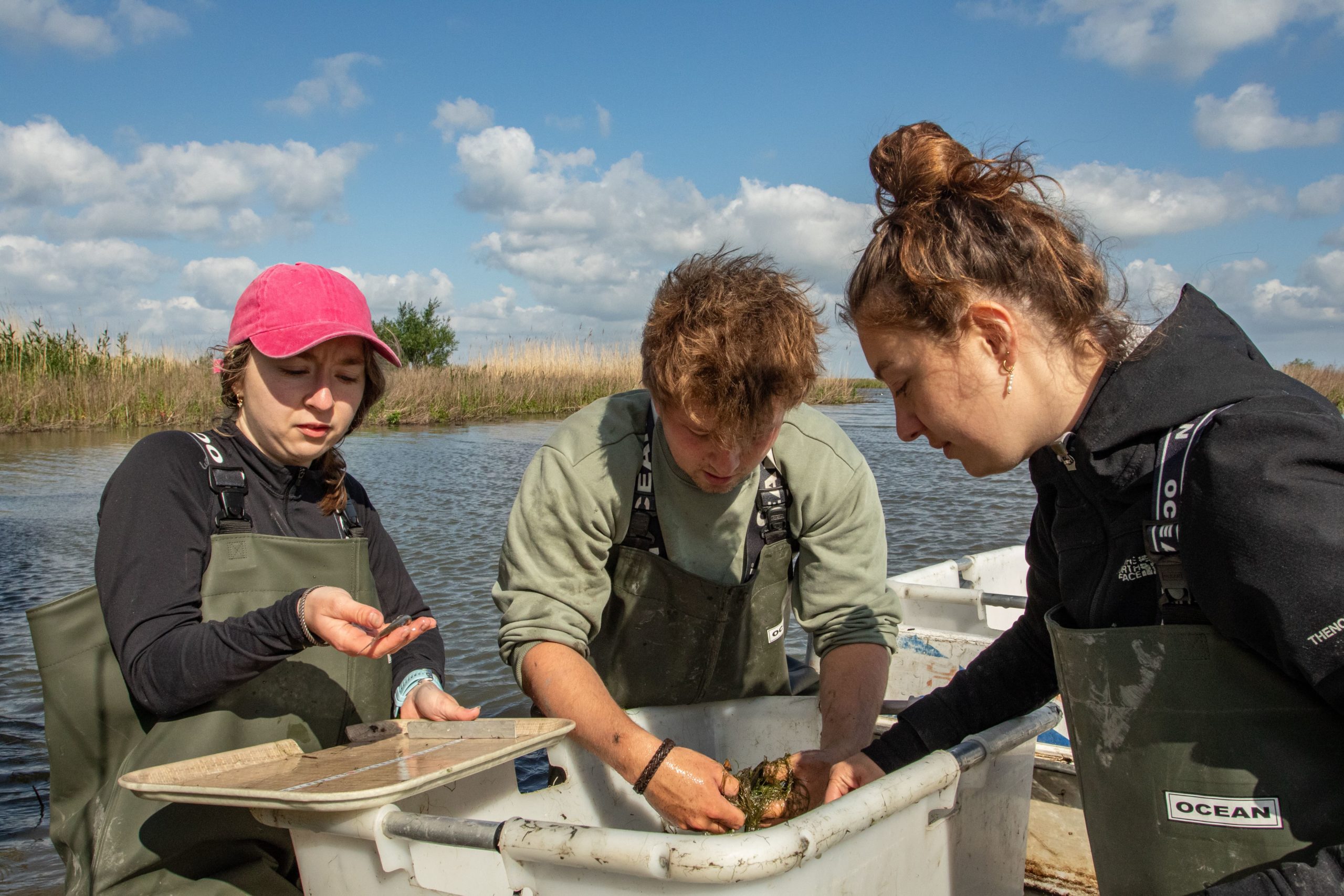Following previous projects on the protein transition and the North Sea, sound artist Remco de Kluizenaar’s latest project is also inspired by WUR. The project is a 20-minute composition on life beneath the surface, inspired by the Soil Biology group’s research.
The Wageningen Harmony will play the composition live in the Bevrijdingskerk in Wageningen on Friday, 20 September. De Kluizenaar collaborated closely with assistant professor Marie Zwetsloot and postdoc Giulia Bongiorno for the composition. They provided him with a crash course in soil life and loaned him their best books. ‘After a week of reading, I felt like I had visited a different planet, inhabited by aliens I had never heard of who were able to achieve the most marvellous things’, he says.
His amazement is clearly audible in De Kluizenaar’s music. He provides various soil organisms and processes with a “voice” using melodies and combinations of instruments. Undulating clarinets represent the common earthworm, which digs vertical shafts of up to three metres in the soil and is thus indispensable to the irrigation of grassland. The bass trombone represents their other key ecological function, fertilising the soil with the nutrients in their faeces. ‘The bass trombone emits these deep, long farts’, De Kluizenaar clarifies.
Three-four time
He also consulted with Ron de Goede, who, for decades, has been one of the driving forces behind WUR’s research that has set global standards in measuring soil quality using nematodes. His input drove De Kluizenaar to compose the “Ode to the Nematode”, one of the two parts of the composition dedicated to this specific soil organism. The ode is in 3/4 time, or rather 6/8 time, because: ‘Ron taught me that nematodes have a threefold symmetrical body. I wanted to incorporate this fascinating fact into the music.’
The composition also “serenades” three soil types: forest land, grassland and farming soils. These soils hold increasing food yields for humans but also require increasing levels of tilling. That impacts soil life, as is reflected in the musical piece: The melody of soil fungi dies down after the brass players (representing the plough) sound, as ploughing has a destructive impact on fungi networks in the soil.
Auditive subtitles
Because not all are fluent in the musical language of soil life, each part of the composition is introduced by De Kluizenaar (in Dutch, an English language handout is available for the international audience). He provides auditive subtitles through short poetic-scientific texts. ‘That helps you know what to listen for and understand the music’, he explains.
Tickets for the production on 20 September are available online and include access to the soil creature safari (English and Dutch spoken) following the performance, which is facilitated by Marie Zwetsloot, Giulia Bongiorno and several WUR soil experts. The event kicks off the tenth edition of the Soil Animal Days, a NIOO-KNAW citizen science project.

 Sound artist Remco de Kluizenaar lying prostrate on his source of inspiration. Photo Ellen Broekema
Sound artist Remco de Kluizenaar lying prostrate on his source of inspiration. Photo Ellen Broekema 
